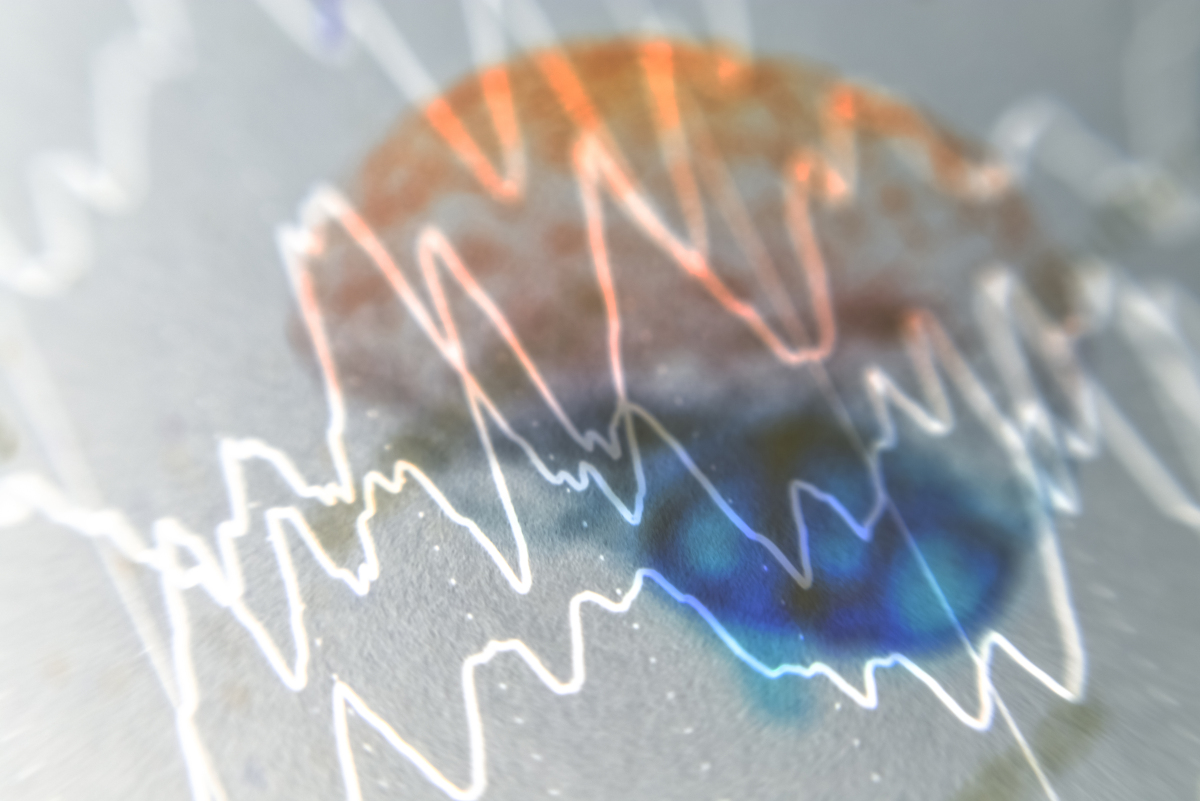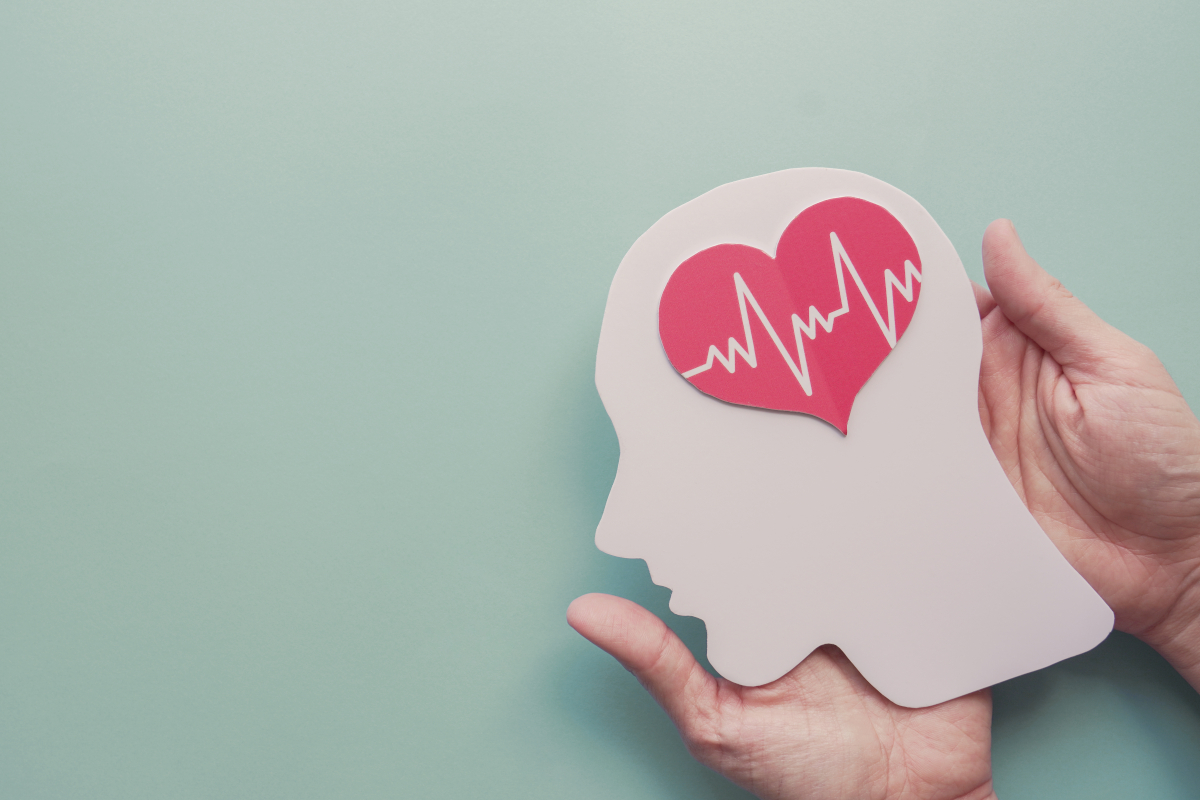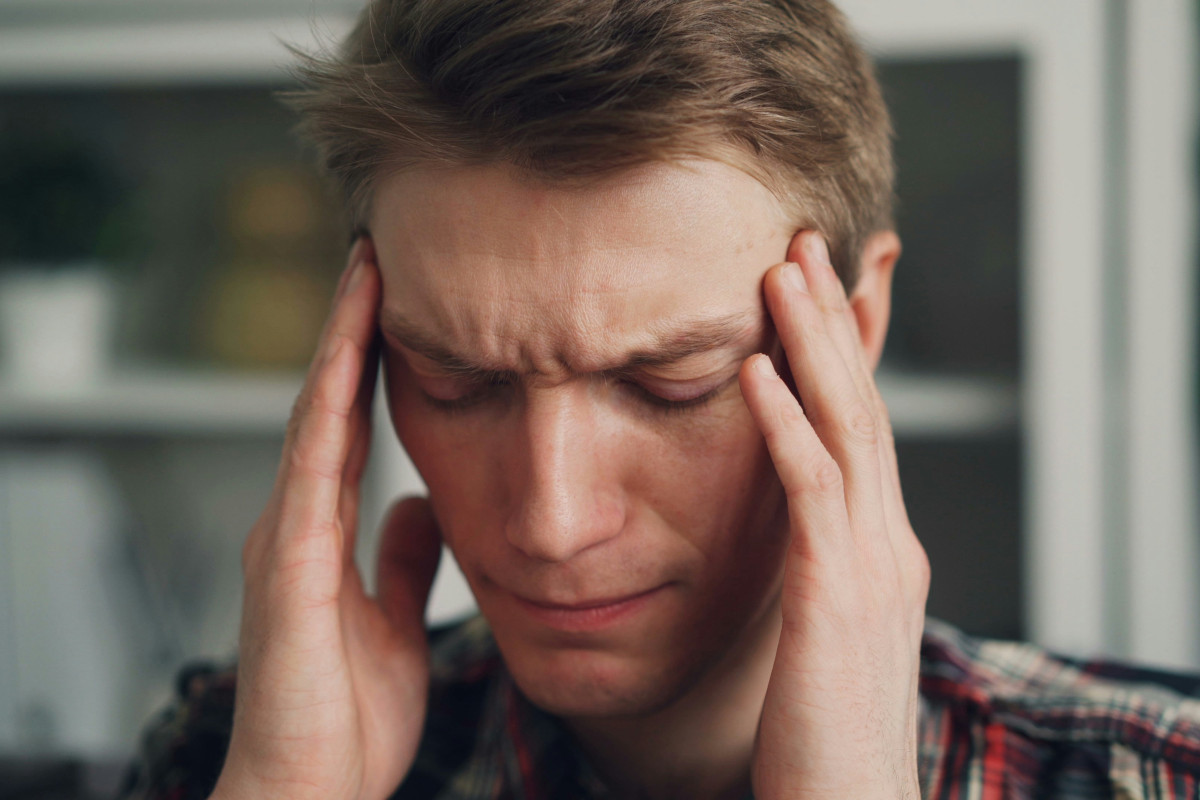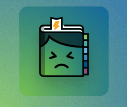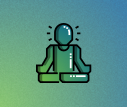What our eyes can have to do with headaches
Our perception of the world depends on a complex interaction between our brain and our sensory organs. We receive countless sensory stimuli through our eyes, ears, nose, mouth and skin. Our nervous system processes these stimuli so that our brain can create a picture of our environment.
When we see, our eyes continuously send feedback to the brain about the visible stimuli around us. While we are awake, signals are sent to the brain every second. Our brain processes this information and creates images of reality based on what we perceive. We’re usually unaware of this process. That’s because our eyes and brain work smoothly together. However, any disruption in this process can have a noticeable effect. Headaches are often the result.
-
References
Aeschlimann SA, Klein A, Schankin CJ. Visual snow syndrome: recent advances in understanding the pathophysiology and potential treatment approaches. Curr Opin Neurol. 2024 Jun 1;37(3):283-288. doi: 10.1097/WCO.0000000000001258. Epub 2024 Mar 11. PMID: 38465699; PMCID: PMC11064904.
Erlenwein J, Petzke F, Tavernini T, Heindl LM, Feltgen N. Der chronische Augenschmerz [Chronic eye pain]. Ophthalmologie. 2023 Dec;120(12):1216-1225. German. doi: 10.1007/s00347-023-01957-8. Epub 2023 Nov 24. PMID: 37999754.
Fraser CL. Visual Snow: Updates on Pathology. Curr Neurol Neurosci Rep. 2022 Mar;22(3):209-217. doi: 10.1007/s11910-022-01182-x. Epub 2022 Mar 2. PMID: 35235167; PMCID: PMC8889058.
Galor A, Hamrah P, Haque S, Attal N, Labetoulle M. Understanding chronic ocular surface pain: An unmet need for targeted drug therapy. Ocul Surf. 2022 Oct;26:148-156. doi: 10.1016/j.jtos.2022.08.005. Epub 2022 Aug 13. PMID: 35970433.
Hilora M, Tripathy K. Accommodative Excess. 2023 Aug 25. In: StatPearls [Internet]. Treasure Island (FL): StatPearls Publishing; 2024 Jan–. PMID: 37276314.
Ismail OM, Poole ZB, Bierly SL, Van Buren ED, Lin FC, Meyer JJ, Davis RM. Association Between Dry Eye Disease and Migraine Headaches in a Large Population-Based Study. JAMA Ophthalmol. 2019 May 1;137(5):532-536. doi: 10.1001/jamaophthalmol.2019.0170. PMID: 30844042; PMCID: PMC6512290.
Klein A, Schankin CJ. Visual Snow Syndrome as a Network Disorder: A Systematic Review. Front Neurol. 2021 Oct 4;12:724072. doi: 10.3389/fneur.2021.724072. PMID: 34671311; PMCID: PMC8521005.
Lajmi H, Choura R, Ben Achour B, Doukh M, Amin Z, Hmaied W. Headache associated with refractive errors: Characteristics and risk factors. Rev Neurol (Paris). 2021 Oct;177(8):947-954. doi: 10.1016/j.neurol.2020.10.008. Epub 2021 Jan 20. PMID: 33483090.
Liu S, Dong H, Fang S, Zhang L. Risk of dry eye in headache patients: a systematic review and meta-analysis. Ann Med. 2022 Dec;54(1):2876-2885. doi: 10.1080/07853890.2022.2133165. PMID: 36259538; PMCID: PMC9586673.
Mollan SP, Virdee JS, Bilton EJ, Thaller M, Krishan A, Sinclair AJ. Headache for ophthalmologists: current advances in headache understanding and management. Eye (Lond). 2021 Jun;35(6):1574-1586. doi: 10.1038/s41433-021-01421-4. Epub 2021 Feb 12. PMID: 33580185; PMCID: PMC8169696.
Pandey H, Kritika, Sharma N, Alam MA, Khan FA, Dhoundiyal S. Approaching headaches and facial pains in eye care practice. Int Ophthalmol. 2023 Sep;43(9):3433-3444. doi: 10.1007/s10792-023-02741-y. Epub 2023 May 17. PMID: 37195565.
Schankin CJ, Maniyar F, Hoffmann J, Chou D, Goadsby PJ. Clinical characterization of "visual snow" (Positive Persistent Visual Disturbance). J Headache Pain. 2013;14(Suppl 1):P132. doi: 10.1186/1129-2377-14-S1-P132. Epub 2013 Feb 21. PMCID: PMC3620302.
Silva EM, Puledda F. Visual snow syndrome and migraine: a review. Eye (Lond). 2023 Aug;37(12):2374-2378. doi: 10.1038/s41433-023-02435-w. Epub 2023 Feb 14. PMID: 36788360; PMCID: PMC10397188.
Sloesen B, O'Brien P, Verma H, Asaithambi S, Parashar N, Mothe RK, Shaikh J, Syntosi A. Patient Experiences and Insights on Chronic Ocular Pain: Social Media Listening Study. JMIR Form Res. 2024 Feb 15;8:e47245. doi: 10.2196/47245. PMID: 38358786; PMCID: PMC10905354.
Thorud HS, Mudvari PR, Falkenberg HK. Academic performance and musculoskeletal pain in adolescents with uncorrected vision problems. BMC Pediatr. 2024 Mar 21;24(1):202. doi: 10.1186/s12887-024-04681-7. PMID: 38515102; PMCID: PMC10956392.
Udomwech L, Sulastiwaty R, Siriarchawawat D. Migraine eye: correlation between migraine and the retina. PeerJ. 2024 May 27;12:e17454. doi: 10.7717/peerj.17454. PMID: 38818459; PMCID: PMC11138520.
van Dongen RM, Waaijer LC, Onderwater GLJ, Ferrari MD, Terwindt GM. Treatment effects and comorbid diseases in 58 patients with visual snow. Neurology. 2019 Jul 23;93(4):e398-e403. doi: 10.1212/WNL.0000000000007825. Epub 2019 Jun 18. PMID: 31213497; PMCID: PMC6669936.



